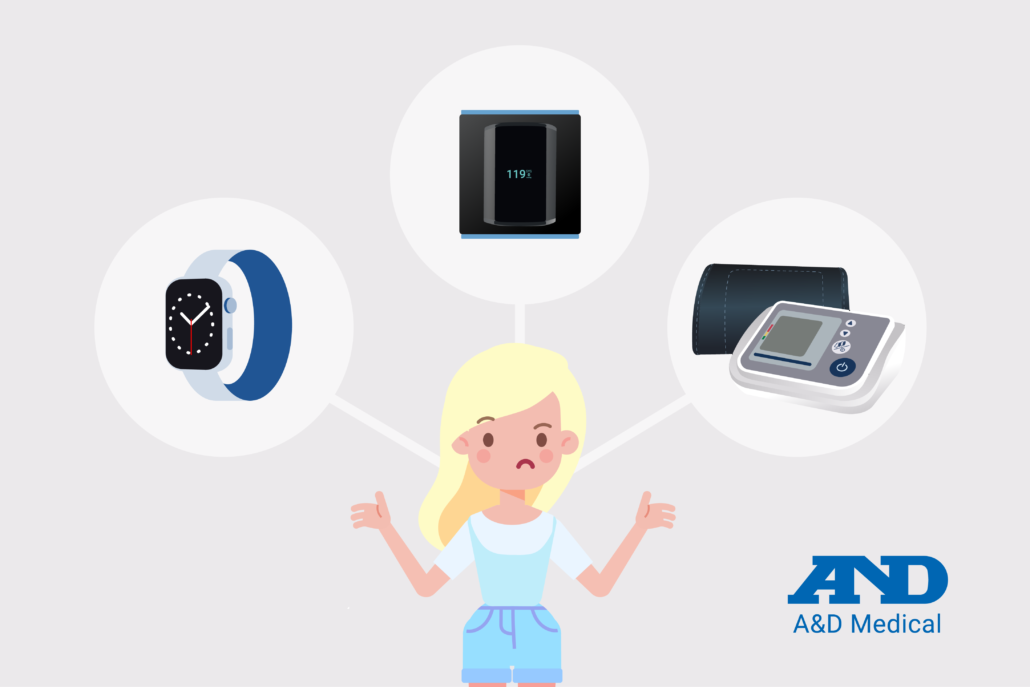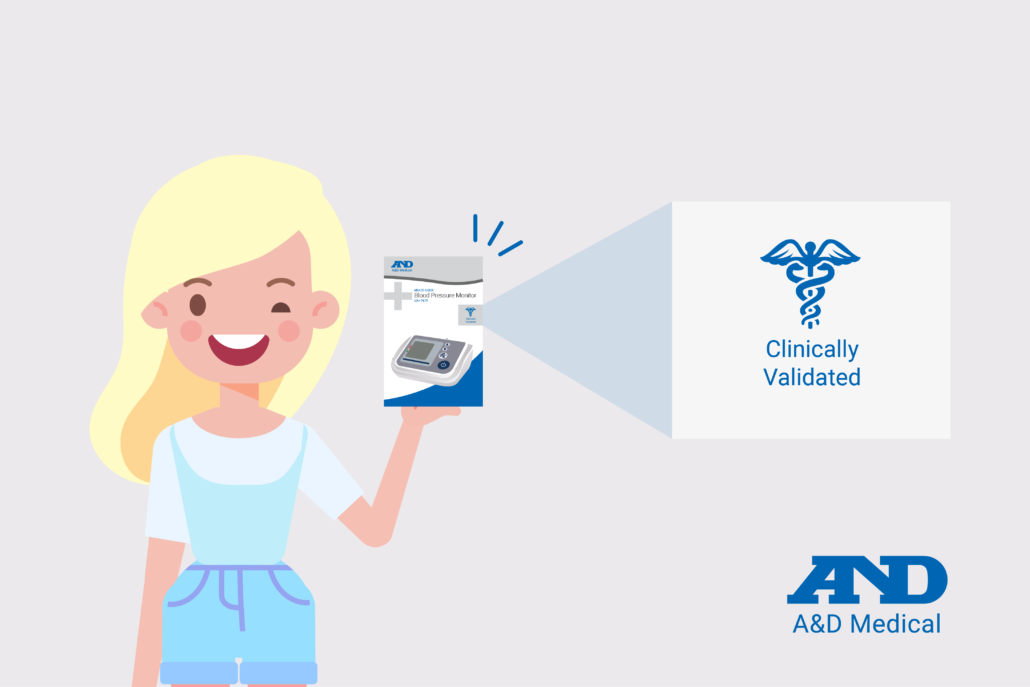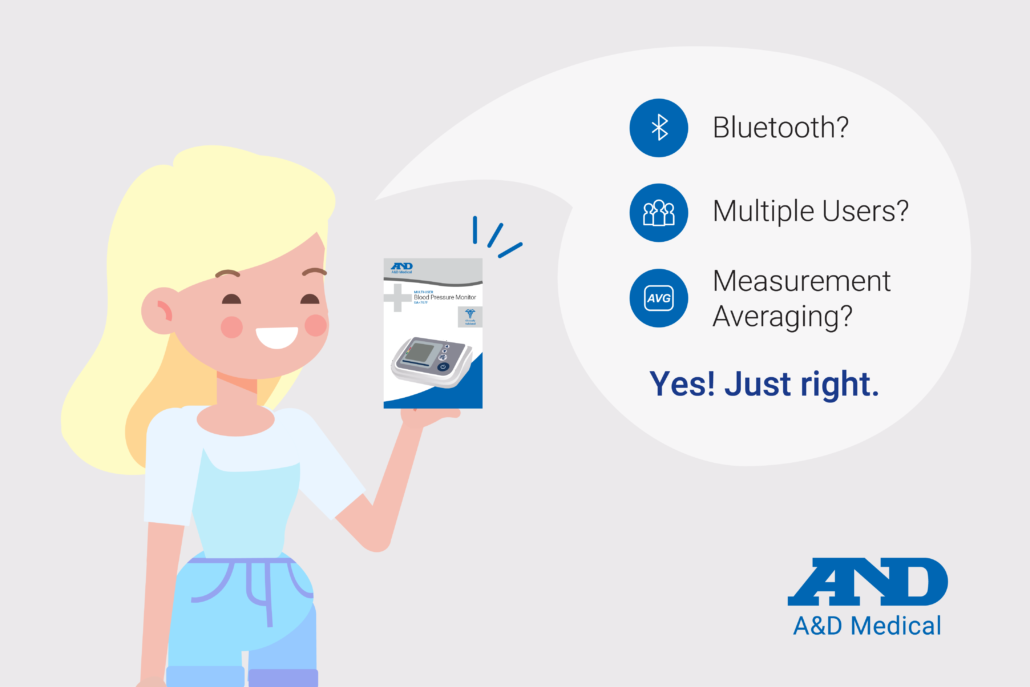Find the Best Blood Pressure Monitor for You in 5 Easy Steps
Whether your doctor has asked you to start monitoring your blood pressure at home or you’re just being proactive, finding the best blood pressure monitor for you will help you get the most accurate results.
With so many types of blood pressure monitors on the market today, this can feel a little bit like Goldilocks trying to find her perfect bowl of porridge!
But have no fear – here are five simple steps to finding your “just right” monitor.
1. Select Your Type
For most people, Upper Arm monitors are the way to go. They’re the gold standard of home blood pressure monitoring. But for those with certain medical conditions, larger arms, or those who travel frequently, a Wrist monitor might be the right choice for you. This blog post can help point you in the right direction if you’re not sure.
There are also lots of other types of blood pressure monitors on the market today, like traditional bulb and stethoscope (aka sphygmomanometers), finger monitors, watch/wearable monitors, or cuffless blood pressure monitors. While sphygmomanometers are very accurate with proper training, they can be much more difficult for people to use at home. Many of the other types are newer technologies, and may not be as accurate as upper arm or wrist monitors.
2. Determine Your Cuff Size
Once you’ve picked your type of blood pressure monitor, next you need to pick your size. Many people might think that it’s as simple as using the same size as your t-shirt, but that’s not the case! If your cuff is too small, your blood pressure reading will be artificially high. If your cuff is too large, you may get a reading that is lower than your actual blood pressure.
So… don’t skip this step! Measuring your arm is easy. With your arm hanging at the side of your body, measure the circumference of your upper arm at the midpoint between the shoulder and elbow.
Measuring your wrist is easy, too – just measure the circumference of your wrist about two fingers below your wrist crease.
3. Check the Device’s Clinical Validation
All blood pressure monitors sold in the USA are required to pass the FDA’s approval process, aka 510(k) clearance, but many quality manufacturers take testing one step further by obtaining clinical validation.
Clinical validation tests are often performed by third parties to verify the accuracy of the monitors against certain criteria, meaning the monitor (if it passes) gives reliable and accurate results. These results are then published in peer-reviewed journals, giving an extra degree of certainty.
When you compare blood pressure monitors, make sure to select one that is clinically validated to ensure accuracy. See our clinical validation studies here.
4. Look for Irregular Heartbeat Detection
You may know you have an Irregular Heartbeat (including arrhythmia, A-fib, and others), and if so, you should look for a monitor an Irregular Heartbeat Detection.
However, even if you haven’t been diagnosed with a type of irregular heartbeat, it is still a good feature to look for as it may be a sign of a new or changing condition. An irregular heartbeat is defined as a heartbeat that varies by 25% from the average of all heartbeats during the blood pressure measurement.
We recommend contacting your physician if you see this symbol frequently.
5. Decide if You Need Any Other Features
We’re getting closer! You now know what type and size of blood pressure monitor you need, and that you should be looking for a clinically validated monitor with irregular heartbeat detection.
But now you’ll start to notice all the other features to choose from – and there can be a lot. Here are some questions to ask yourself:
- Is this blood pressure monitor just for you, or will you be sharing it with other family members? If sharing, how many people will be using it? You might like our upper arm for 4 users, or wrist option for 2 users or 5 users + a guest.
- Do you need Bluetooth capabilities to sync your results with an app, like A&D Connect?
- Do you prefer a battery-operated device, or one that comes with an AC adapter?
- Would you like the device to store your measurements, or will you use an app or a paper log?
- Has your doctor advised you to take multiple measurements and average the result?
- Do you need a talking blood pressure monitor due to poor eyesight or preference?
- Do you have any other special needs, like wanting a pre-formed cuff or a manual inflation device?







